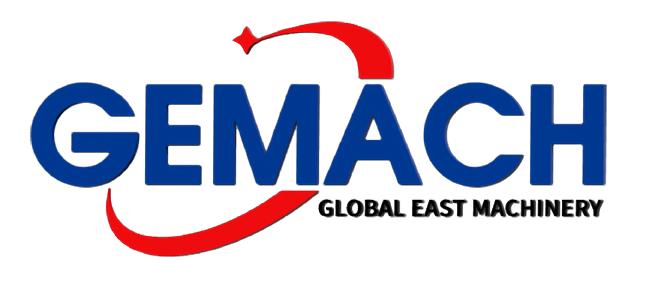Introduction to rotary tillers
Release time:
2024-06-12
The rotary tiller is a type of agricultural machinery that works in conjunction with a tractor to complete plowing and harrowing tasks. Due to its strong soil-breaking ability and the smooth surface it creates after tilling, it has been widely used. At the same time, it can chop up the residues buried below the surface, facilitating the operation of seeders and providing a good seedbed for later sowing.
The rotary tiller is a type of agricultural machinery that works in conjunction with a tractor to perform plowing and harrowing operations. Due to its strong soil-breaking ability and the smooth surface it creates after tilling, it has been widely used. It can also chop up the residues buried below the surface, facilitating the work of seeders and providing a good seedbed for later sowing. Based on the arrangement of the rotary blades, it can be divided into horizontal axis, vertical axis, and inclined types. Proper use and adjustment of the rotary tiller are crucial for maintaining its good technical condition and ensuring plowing quality. The rotary tiller has functions such as breaking through the plow pan, restoring soil surface structure, improving soil moisture retention capacity, removing some weeds, reducing pests and diseases, leveling the ground, and enhancing agricultural mechanization levels.
The driven soil tillage machine with rotating blades as working components is also known as a rotary tiller. Based on the arrangement of the rotary blades, it can be divided into horizontal axis and vertical axis types. Horizontal axis rotary tillers are widely used. They have strong grading soil-breaking ability; one operation can finely crush the soil, mix it evenly with fertilizer, and level the ground to meet the requirements for dry land sowing or paddy planting. This is beneficial for maximizing plowing time and improving work efficiency while fully utilizing tractor power. However, their ability to cover residues and weeds is relatively poor, and they operate at shallow depths (dry tillage 12-16 cm; aquaculture 14-18 cm), consuming a lot of energy. They are mainly used in rice fields and vegetable plots but also in orchard cultivation. Heavy-duty horizontal rotary tillers can reach depths of 20-25 cm and are often used for reclaiming shrubland, marshes, and wasteland.
It has strong soil-breaking capabilities and is mainly used for cultivation in shrubland, wetlands, and wasteland.
The working components include a rotary blade roller and several cutting blades arranged uniformly in a multi-headed spiral pattern. It is driven by the power output shaft of a tractor through a transmission device, with common rotation speeds ranging from 190 to 280 revolutions per minute. The rotation direction of the blade roller usually matches that of the tractor wheels. The cutting blades cut through layers of soil from front to back while throwing clods backward upward towards covers or drag boards for further crushing. When cutting blades throw soil during operation, the reaction force from the soil against them helps push the unit forward; therefore, horizontal rotary tillers require almost no traction during operation—sometimes even allowing the blade roller itself to push forward.
The cutting blades of rotary tillers can be classified into chisel blades, curved blades, right-angle blades, and arc-shaped blades. Chisel-shaped blades have narrow front ends with good burial capability and low energy consumption but are prone to entangling grass; they are mostly used in gardens or courtyards with fewer weeds. Curved blades have sliding and cutting functions along their curved edges; they do not wrap around grass easily while effectively cutting off roots—suitable for paddy field cultivation. Right-angle blades come in vertical or horizontal edge types; they have wide bodies with good rigidity making them easy to manufacture but poor penetration capability. Arc-shaped blades offer high strength with good rigidity and sliding performance; they are commonly used on heavy-duty rotary tillers which generally adopt a traction type design where working depth is controlled by slide frames or depth-limiting wheels.
Related News
How is a deep loosening machine maintained?
2024-09-18
Introduction to rotary tillers
2024-06-12
Contact Phone:86-13465191540
whatsapp:+86-13465191540
E-mail:Sophia@Gemach-sd.com
Address: Building G, Dingliang Industrial Park, Qihe County, Dezhou City, Shandong Province
Scan the two-dimensional code





